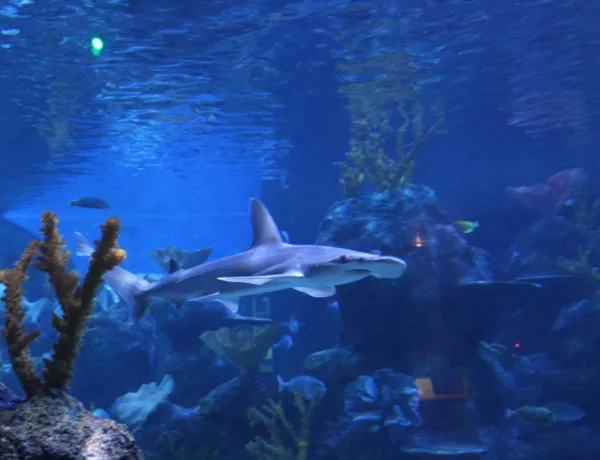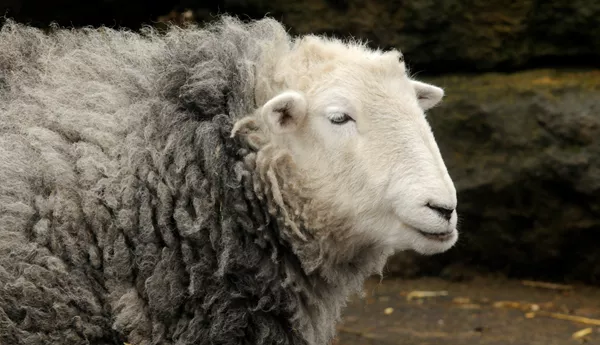Chessington Zoo & SEA LIFE Centre
Chessington Zoo brings you face-to-face with over 1,000 incredible animals, including lions, tigers, gorillas, monkeys, penguins and underwater creatures in our SEA LIFE centre.

Humboldt Penguin
Find us in Penguin Bay

Asiatic Lion
Find us in the Trail of the Kings

Western Lowland Gorilla
Find us in the Trail of the Kings

Rothschild's Giraffe
Find us on the Wanyama Reserve or on Zufari: Ride into Africa!

Three-Banded Armadillo
Find us in AMAZU

Grevy's Zebra
Find us on the Wanyama Reserve or on Zufari: Ride into Africa!

Ostrich
Find us on the Wanyama Reserve or on Zufari: Ride into Africa!

Southern White Rhino
Find us on the Wanyama Reserve or on Zufari: Ride into Africa!

Spider Monkey
Find us in the AMAZU

Blesbok
Find us on the Wanyama Reserve or on Zufari: Ride into Africa!

Amur Tiger
Find us in the Land of the Tiger or as you ride Tiger Rock

Ankole Cattle
Find us in Wanyama

Skunk
Find us opposite the AMAZU

California Sea Lion
Find us splashing around in Sea Lion Bay

Caracal
Find me in the Trail of the Kings

Ferret
Find us at the ferret enrichment display

Saki Monkey
Find us in the Monkey Walk Through in AMAZU

Rainbow Lorikeet
Find and feed us in Lorikeet Lagoon in Wild Asia

African Pygmy Goat
Find me in the Yoohoo Children's Zoo and Wanyama Village

Pygmy Marmoset
Find us in the AMAZU

Common Eland
Find us on the Wanyama Reserve or on Zufari: Ride into Africa!

Bolivian Squirrel Monkey
Find us swinging around in AMAZU

Asian Short Clawed Otter
Find us near the Lodge Gate entrance

SEA LIFE Centre
Meet stingrays, sharks and seahorses in an underwater world

Sheep
Find me in the Yoohoo Children's Zoo

Greater Flamingo
Find us on the Wanyama Reserve or as you enjoy a drink on the veranda outside the Chessington Safari Hotel

Reindeer
Find us near Sea Lion Bay

Sitatunga
Find us in Wanyama

Geoffrey's Marmoset

Serval
Find me in the Trail of the Kings

Guinea Pig
Meet us in the Yoohoo Children's Zoo

Red-Footed Tortoise
Meet us in AMAZU

Yellow Naped Amazon
Find us talking and impersonating our keeper's radio in AMAZU

Baer's Pochard
Find us in Lorikeet Lagoon

Sulcata Tortoise
Find us in our BRAND NEW land for 2020, the Rainforest

Indian Scops Owl
You may meet me at the Animal Antics show

Red Fox
Find us in the Trail of the Kings

Asian Brown Wood Owl
You may meet me at the Animal Antics show

Cuban Rock Iguana
Find me in AMAZU

Makinder's Eagle Owl
You may meet me at the Animal Antics show

Miniature Donkey
Find us in the Yoohoo Children's Zoo

Rabbit
Find us snoozing or bouncing around in the Yoohoo Children's Zoo
How to get here
Chessington World of Adventures Resort is Britain's Wildest Adventure with a Theme Park & Zoo near London, located in Surrey, just 16 miles away from Waterloo, London (Just 35 minutes on the train from London with services running from Waterloo, Clapham Junction & Wimbledon) and 2 miles from the A3 and M25 if you're traveling by car.
Directions
